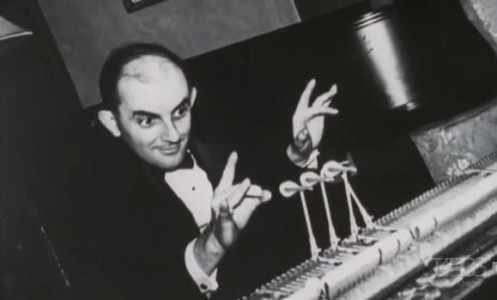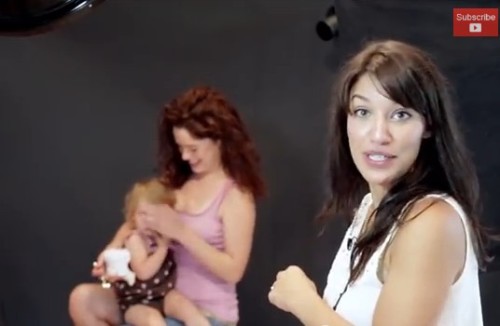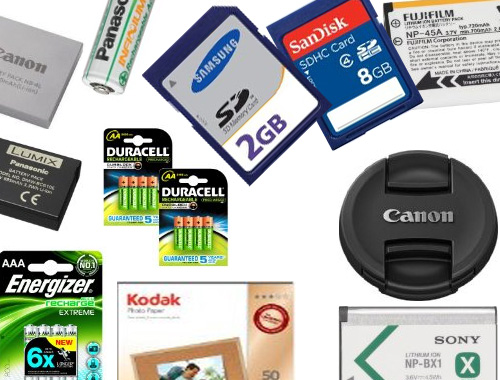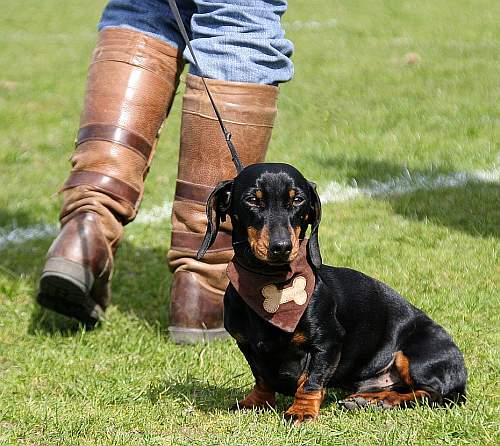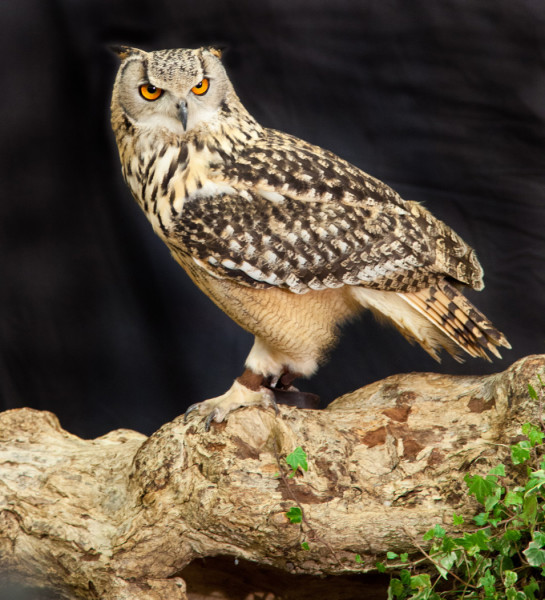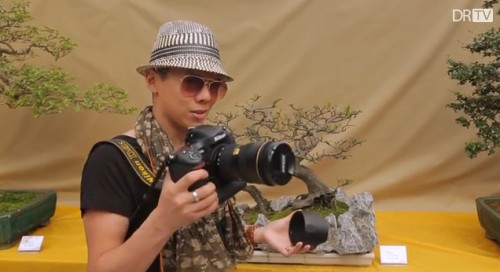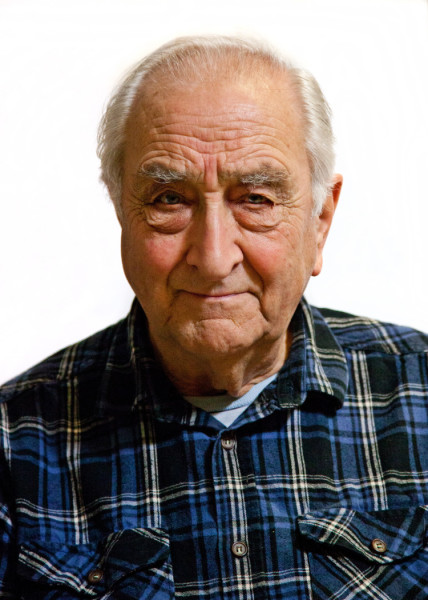
• Portrait of a kindly man •
The humble portrait is one of the important arts.
Photographic portraiture creates more than a simple picture…
[Click image to view large].
There’s more to photographic portraiture than meets the eye…
The portrait photog must display the depth and character in the face of their sitter. Beyond that, the truly effective portrait shows some of the inner person pictured. There is no doubt that great photographic portraiture is demanding. It requires insight into the human spirit and character of the subject. In this post we look at some views of the portrait art.
The quotes below bring out some of the dimensions that photographic portraiture includes.
photographic portraiture – being in contact
It is often said, an essential part of photographic portraiture involves an intimate connection between the photographer and the sitter…
It is more important to click with people than to click the shutter.
Alfred Eisenstaedt 
Eisenstaedt, a German born portrait photographer and photo-journalist. His favourite working style was to take candid portraits. One of his most famous pictures is V-J Day in Times Square.

• V-J Day in Times Square •
By Alfred Eisenstaedt
[1898 – 1995] American photographer
Eisenstaedt prided himself on his ability to put people at ease and to communicate with them. His photographic portraiture covered some of the more notorious world leaders (Hitler, Mussolini and Goebbles), as well as other world leaders (including Bill and Hillary Clinton and their daughter). In his writing he referred regularly to ways of behaving and dealing with his sitters. It was a part of his style to help people be comfortable in the photographic portraiture situation. He was acutely aware of its significance and capitalised on it.
Eisenstaedt was not alone in seeing the significance of the relationship between the photographer and the sitter…
A portrait is not made in the camera but on either side of it.
Edward Steichen 
I agree with this in every way. My best portrait work is done through that personal relationship. For me there are two aspects to success with a portrait shoot.
- Help the portrait subject relax and act naturally
- Use questions and suggestions to help draw out the character of the subject so we can pose them in ways they find natural.
- Polite posing, thank your subjects and complement them. If they feel comfortable and appreciated they will tend to pose naturally.
No doubt there are some people who feel they are in the wrong place and are uncomfortable sitting for a portrait. When someone is genuinely uncomfortable in front of the camera it makes things difficult for the photographer. Usually the discomfort people feel is because they don’t believe they are going to look good. They get uptight and stressed as a result. This extends to all walks of life. People experienced as portrait subjects  are aware of the issue…
are aware of the issue…
There are no bad pictures; that’s just how your face looks sometimes.
Abraham Lincoln 
But it does not help to tell your sitter that!
Despite the awareness of possible outcomes from a poor portrait, photographers are quick to point out the difficulties…
So many people dislike themselves so thoroughly that they never see any reproduction of themselves that suits. None of us is born with the right face. It’s a tough job being a portrait photographer.
Imogen Cunningham 
…but you still have to do the best you can!
Why do photographic portraiture anyway?
It is tempting to reply, “Why do any type of photo”? In reality, photographic portraiture says so much about the person you are depicting that we can pick out some dimensions that are of particular interest.
Photographic portraiture is a creative pass-time. Its been important throughout history. In former times it was only the rich and privileged who had access to it. Then it was as much about demonstrating personal importance as it was about recording the person themselves. Much of the great painted portraiture since the Renaissance period has been of this type. Much of it still hangs in the mansions and stately homes where the portrait subjects lived.
Since photography became cheap enough to appeal to wider segments of the population things changed. Photographic portraiture widened its scope as an interest. People responded to the spread of pictures and portraits by seeing the potential for many different ways to approach the subject. So during the 20th Century a much lighter attitude to portraiture prevailed…
My job as a portrait photographer is to seduce, amuse and entertain.
Helmut Newton 
Despite this, the deeper dimension of portraiture have always been there. To create a portrait that really captures the essence of the sitter we need something deeply recognisable. The attitude, demeanour and pose of our subject tell us who this person is inside. The emotional dimension in such a depiction cannot be dismissed…
A portrait is not a likeness. The moment an emotion or fact is transformed into a photograph it is no longer a fact but an opinion. There is no such thing as inaccuracy in a photograph. All photographs are accurate. None of them is the truth.
Richard Avedon 
To the extent that photographic portraiture depicts the inner person we really need to know what to look for when doing a portrait. Often catching someone doing something that is very characteristic of their normal behaviour will do the trick. This is especially so if it is a quirky expression or something unique to them. Bringing out the uniqueness in someone is a powerful portrait technique. Looking back at the last quote, by Richard Avedon, we are really looking for that gap between what we see and what we know to be the special “thing” that person exhibits. It is what makes that person who they are. I could not have put it better than this contemporary photographer…
It’s the difference between your wife’s passport photograph and the portraits you took when you got engaged. Both may have been created with similar technology, but what stands in that great gulf between them are the passion you have for your wife, the knowledge you have of her personality, and your willingness to use your craft, time, and energy to express that. One says, “She looks like this.” The other says, “This is who she is to me. It’s how I feel about her. See how amazing she is?
David duChemin :: Within the Frame: The Journey of Photographic Vision
Ultimately of course we want a likeness. Our photo would hardly be in the spirit of photographic portraiture if we were unable to recognise the subject. Hence this is a guiding principle of the art…
A true portrait should, today and a hundred years from today, be the Testimony of how this person looked and what kind of human being he was.
Philippe Halsman 
But we are creating the character of the subject in this two dimensional image. So that character is visible to the viewer, the photographer has licence to go beyond that “truth” mentioned above. Photographers who make the most success of portraits really stray into the realms of caricature. Mostly, this is achieved by getting the light on the face to sculpt the features. This brings us into the realms of emphasis. You will have to exaggerate the lines, curves, form, tones and colours enabling the viewer to see three dimensions on a flat surface. But you must do this emphasis delicately. Light on faces is something we spend a lot of time studying sub-consciously. If we get it wrong it is immediately noticeable – even if we cannot explain why. So be subtle in the light you use. Try to make it obviously directional from one side. Try also to make it soft. Soft light induces gentle graduations in colour tone and shadows, removing harsh lines from shadow edges. In creating shadow and tonal variation on the face we bring out its natural features. This is where our subject shows their inner selves. Get over your shyness. Stare at your subjects face really hard – for a long time. Study the light, shadow and contrasts between – really see them.
Photographic portraiture – getting it right
Behind many of the words above is a great deal of experience. Getting a start in photographic portraiture is hard because many photogs just starting out simply cannot see the light. They literally do not see the tonal changes, shadow/dark transitions and play of light on the curves and forms of the face. However, once you have seen faces as a complex interplay of colour/tones, shadow and light zones you will be able to see how to place and pose the subject to bring out their inner self through their expressions and facial position.
Getting started is a question of working with what you know…
The dog is the perfect portrait subject. He doesn’t pose. He isn’t aware of the camera.
Patrick Demarchelier 
Well, perhaps not your dog, but work with your subjects when they are not aware of it, or are oblivious to your stare. Candid photography enables you to catch people going about their lives as they would if you were not there. But it allows you, through that, to look for those endearing, unique, special features we all have. Of course all that is made easier if you pay heed to this…
The portrait I do best is of the person I know best.
Nadar  (Gaspard-Félix Tournachon)
(Gaspard-Félix Tournachon)
…Yup! Work with your family. Develop your sensitivities with people you know and soon you will be able to recognise the special little tell-tales that show you the inner person you need to depict.
Comments, additions, amendments or ideas on this article? Contact Us
or why not leave a comment at the bottom of the page…
Like this article? Don’t miss the next — sign up for tips by email.

Damon Guy (Netkonnexion)
Damon is a writer-photographer and editor of this site. He has run some major websites, a computing department and a digital image library. He started out as a trained teacher and now runs training for digital photogs.
See also:
Editors ‘Bio’.
By Damon Guy see his profile on Google+.
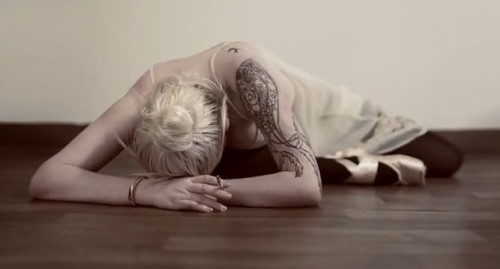
![]() is a little gem. Fine photography and great compositions are all composed in a beautiful show. If you have the time, take a browse around the website Broken Light Collective. Again, some wonderful work.
is a little gem. Fine photography and great compositions are all composed in a beautiful show. If you have the time, take a browse around the website Broken Light Collective. Again, some wonderful work.![]()


